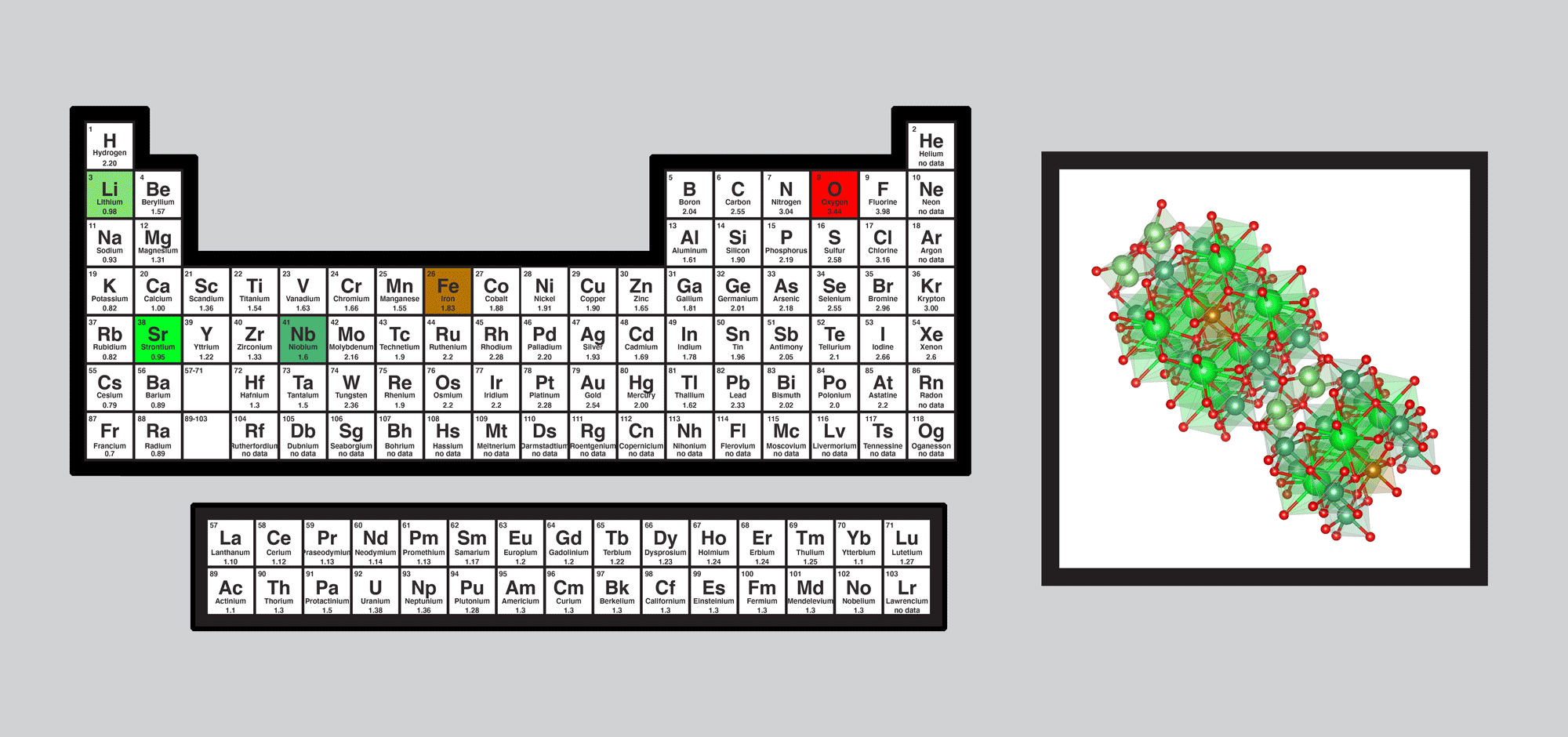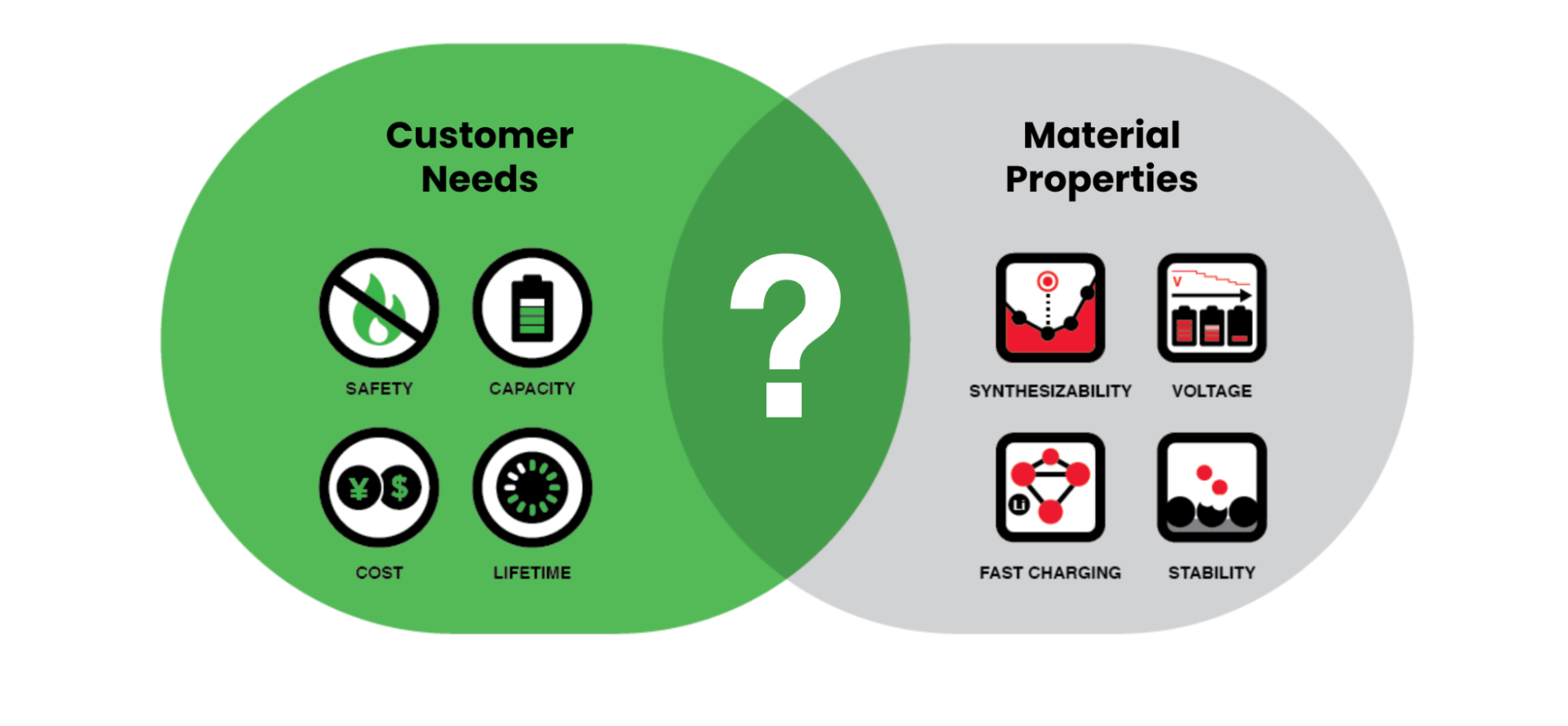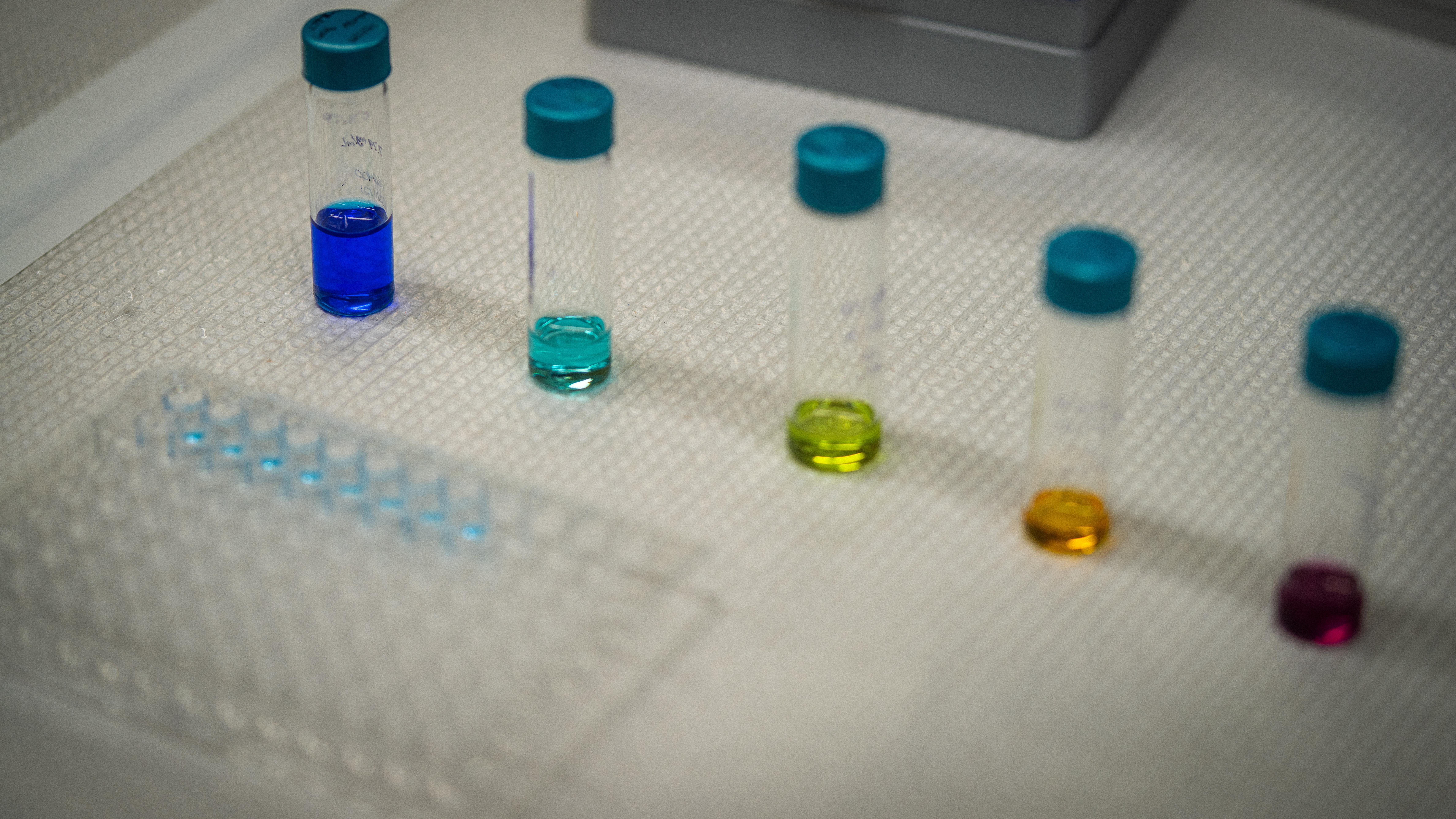What We Do
We’re focused on accelerating the design and discovery of new materials to enable emissions-free mobility. Materials are at the heart of clean energy technologies, such as batteries, fuel cells, solar cells, hydrogen electrolysis, and carbon capture. Discovering new materials can deliver the breakthroughs needed to displace traditional fossil fuels.
Our team develops tools to overcome roadblocks in the materials discovery process.
Our solutions leverage software, machine learning, robotics, and automation.
Our customers are scientists and engineers advancing new batteries, fuel cell catalysts, and other materials development projects.
By increasing the speed of discovery, we can iterate faster and bring new materials from the lab to the world at a much-needed, faster pace.
The Challenges
Among the biggest challenges of materials discovery is the infinite search space. We can select any element from the periodic table and combine them in any proportion. Still, we never know whether that combination will yield a new and valuable material. Beyond the elements, the atomic structure depends on how the material is made, and results can vary extraordinarily. For example, carbon is one of our planet’s most abundant materials and yet can be made into a scarce and desirable object, like diamonds, or as a very common material, like graphite in pencils. There is a combinatorial explosion of possibilities in chemical compositions and atomic structure.

But, even when we find promising materials, there’s much work to do. We aim to bridge customers' needs with fundamental material properties discovered in the lab. For example, customer-level objectives for a battery include safety, battery lifetime, capacity (or vehicle range), and cost. Inside our labs, we address various questions, such as whether we can synthesize the material, what the voltage will be, if it can be charged quickly, and its stability.
Customer needs and material properties are connected in ways that are difficult to predict. The challenge of matching these two worlds is why new materials typically require decades to move from lab to market. But we all know we don’t have that kind of time when you consider climate change and Toyota’s goal to reach carbon neutrality by 2050.

Research Collaborations
Since 2017, TRI has collaborated with more than one dozen universities and national labs. Over two rounds of funding, we’ve committed more than $70 million to developing foundational work in accelerated materials discovery. This collaborative work spans a diverse range of problems, including machine learning to understand battery degradation, unlocking the secrets of battery materials at the nanoscale, and using AI to guide the synthesis of nanoparticles for catalysts. Our work with universities goes beyond financial support - we value deep scientific collaboration among our teams. TRI serves to bridge the best new ideas in early research to application.
In addition to original research, our collaborations enable us to provide broad perspectives to the wider research community. Leveraging our partnerships, some recent perspectives have been on materials representation, oxygen reduction catalysis, combining physics and machine learning, and how to design a materials research data-sharing platform.
